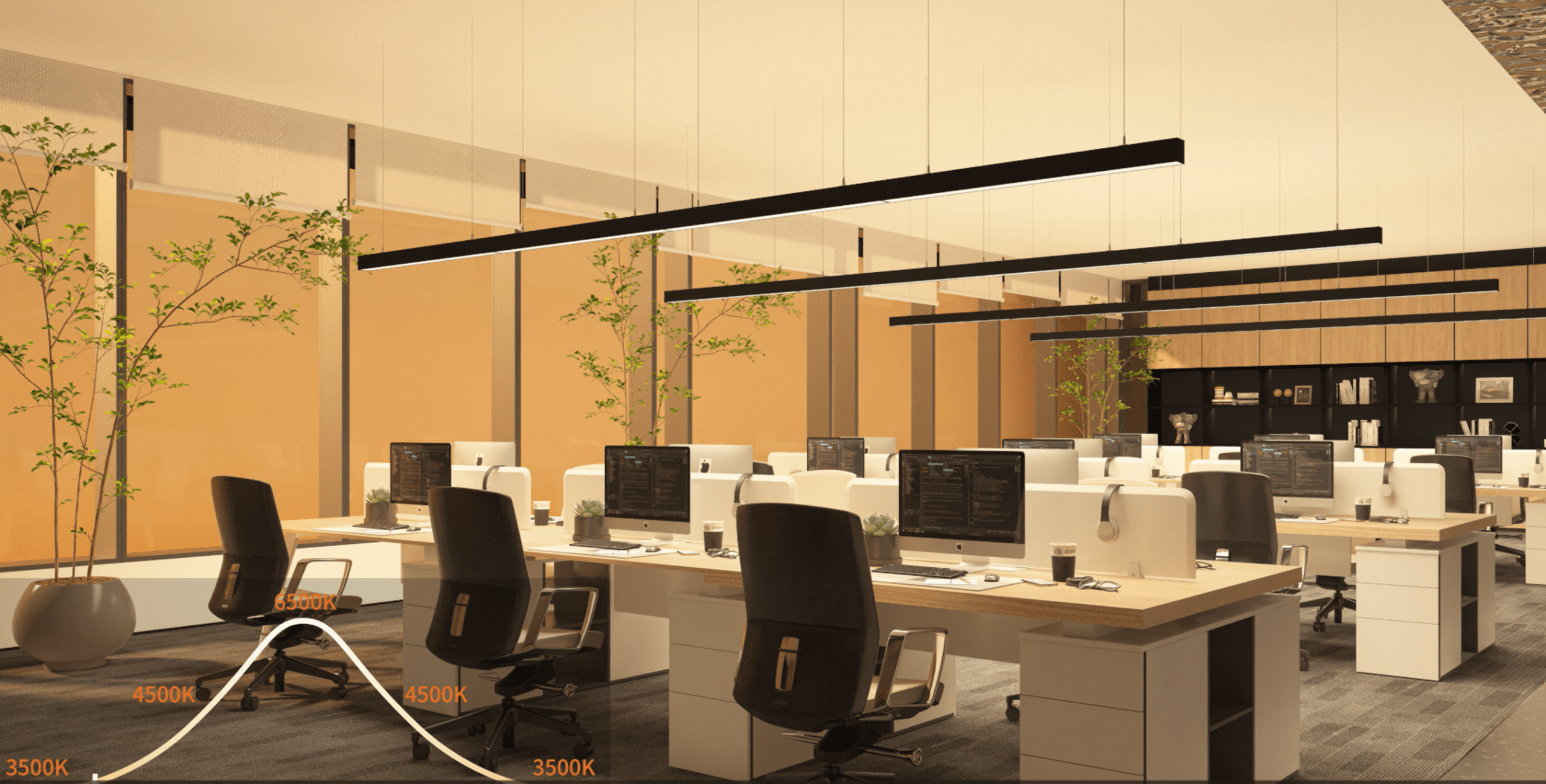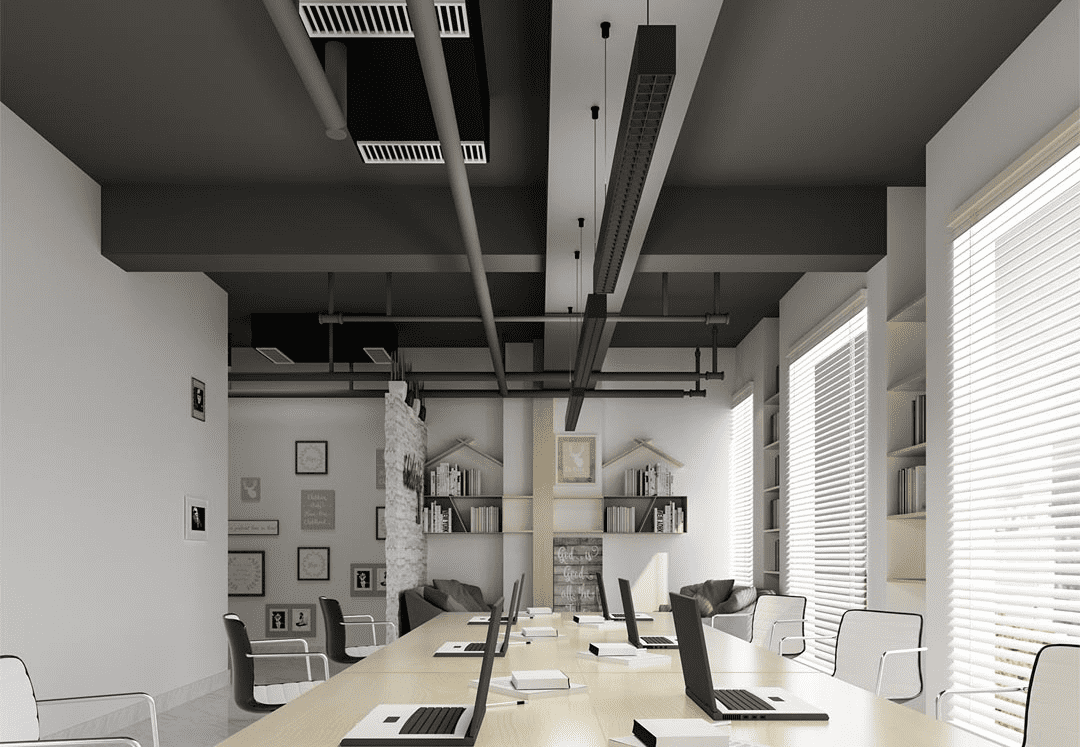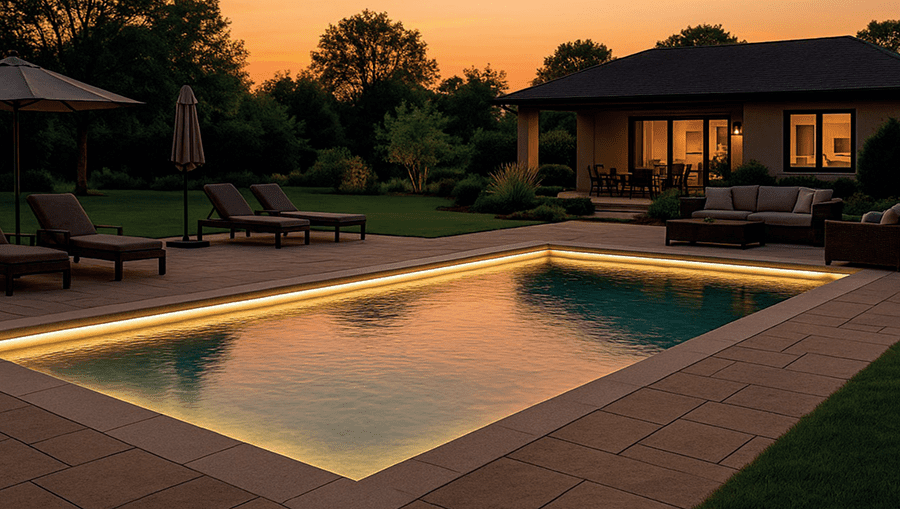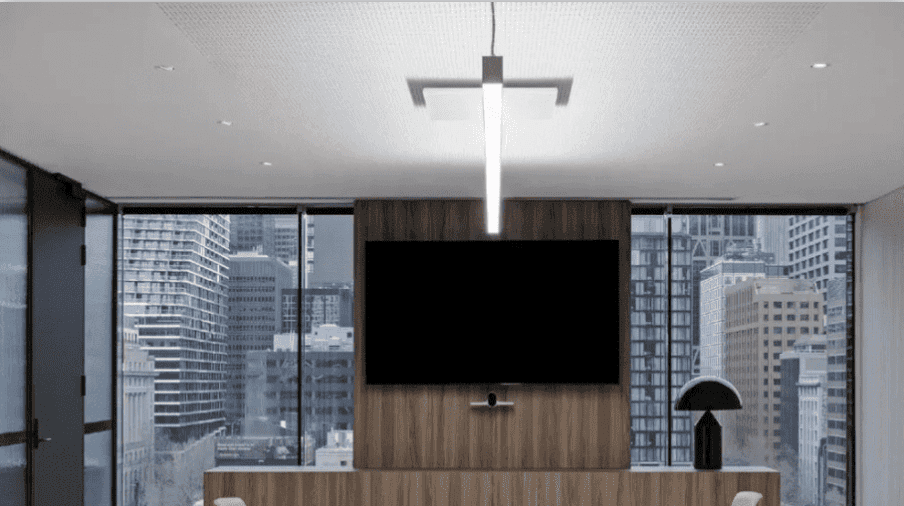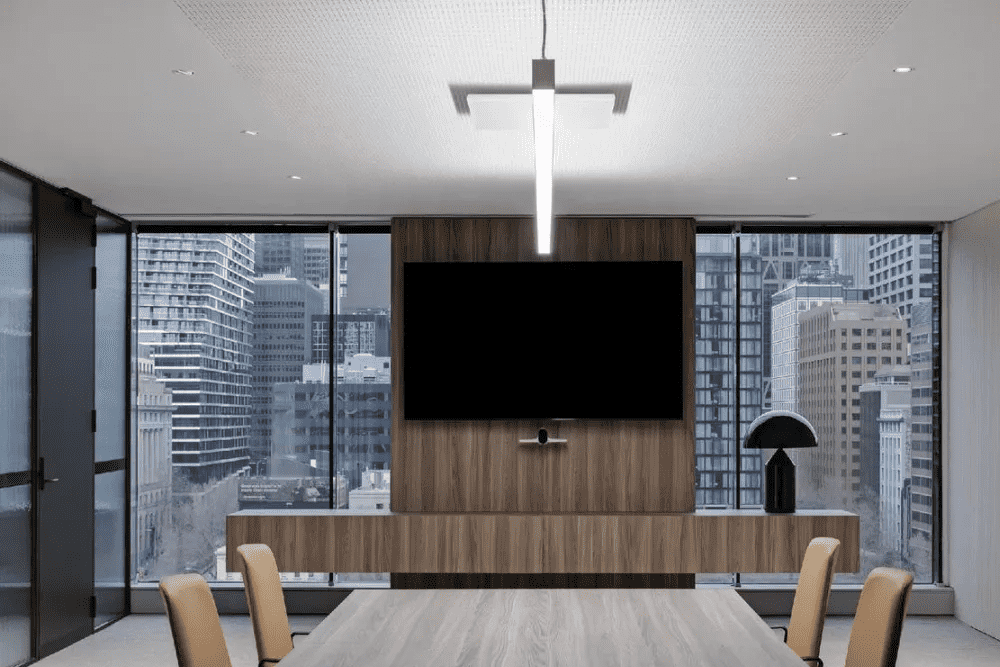
Which is better when choosing direct lighting or indirect lighting led linear lighting? Are you still confused to make decision?
Nowadays,lighting design is more than just illumination&brightness—it’s about how people feelings and experience a space. In modern architecture, we found that linear lighting or curved linear lighting has become more and more popular among designers, architects, and contractors for its clean lines, flexibility, customization and contemporary aesthetics.
However, when it comes to choosing between direct and indirect linear lighting, many of us still struggle to decide which solution suits their project best. Both of them offer unique benefits, visual effects, and energy performance.
This article will help you understand the differences, advantages of Direct vs Indirect Linear Lighting, so you can make decision clearly that enhances both function and aesthetics in your next project.


